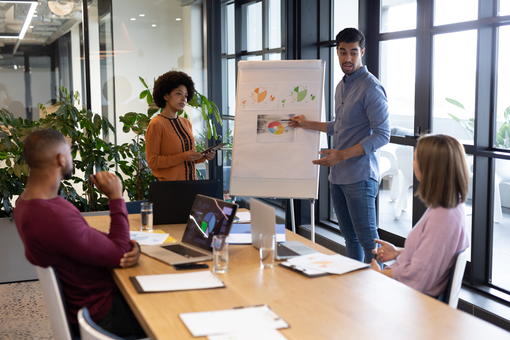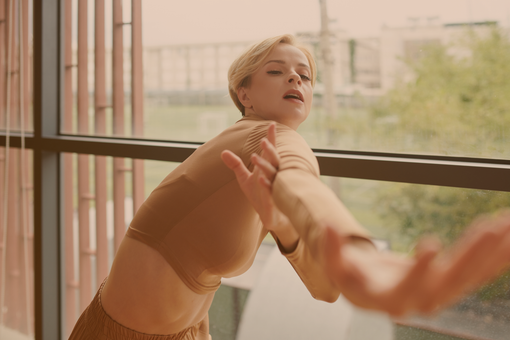
- Article published at:
- Article author: Aurélie Kouéta
- Article tag: danse thérapie
- Article comments count: 0
Why the body needs to move every day
Our body is not just a support: it directly influences our energy, our mood, and even our creativity. Research in neuroscience shows that movement stimulates concentration, reduces stress, and improves vitality. For example, a study from Stanford (2014) showed that walking increases creativity by 60% compared to sitting still.
In a daily life often marked by sedentariness, establishing small bodily rituals is a simple way to regain dynamism and emotional balance.
Micro-movements: small gestures with big effects
No need for a large space or a sports session: simple micro-movements are enough. Stretching, shoulder undulations, deep breathing with torso swaying… These gestures awaken the body, release tension, and soothe the nervous system.
Practical tip: every 90 minutes, stand up, stretch your arms, and breathe deeply for two minutes. It’s a small ritual that helps to stay centered and regain energy.
Free dance: expressing emotions through movement
Free dance requires neither technique nor performance: it’s simply about letting your body move spontaneously, to the rhythm of music or even silence. A few minutes are enough to release tension and change your inner state.
Example: play an energizing song and dance freely for 5 minutes when you get home. This helps to “drop” the tensions of the day and regain emotional lightness.
Creating your daily ritual
The secret of a bodily ritual is regularity. Here are a few easy ideas to integrate into everyday life:
🔵Start the day with 3 minutes of gentle stretching and breathing;
🔵Dance freely to music that inspires you before an important moment;
🔵Take a “movement break” in the middle of the day to boost energy;
🔵End the day with a few fluid gestures to calm the mind before sleeping.
The benefits of a daily bodily ritual
Regularly practicing free dance or micro-movements brings tangible benefits, confirmed by several studies in psychology and neuroscience:
🔵Reduction of stress: moving activates the parasympathetic system and decreases cortisol production (the stress hormone);
🔵Improvement of mood: movement stimulates the release of endorphins, promoting a state of well-being and vitality;
🔵Enhancement of creativity: a study from Stanford (2014) shows that movement, even modest, increases creative thinking by 60%;
🔵Better body awareness: these rituals help to listen to internal signals (fatigue, tension, energy), promoting a better life balance;
🔵Emotional support: expressing feelings through the body allows for the release of blocked emotions and calms the mind.
My support: from gesture to inner experience
I support individuals and groups in integrating these practices into their daily lives, through:
🔵Guided free dance sessions to reconnect with the pleasure of moving and release emotions;
🔵Simple micro-movement protocols to regulate stress and calm the mind;
🔵Collective workshops that transform movement into a resource for grounding and vitality.
An ally for energy and creativity
Whether it’s a few gestures or free dance, daily movement acts like an inner breath. These rituals become simple markers that nourish well-being and creativity, without effort or constraint.
And what if, every day, you offered your body these few minutes of movement to say “thank you”?
Learn More








